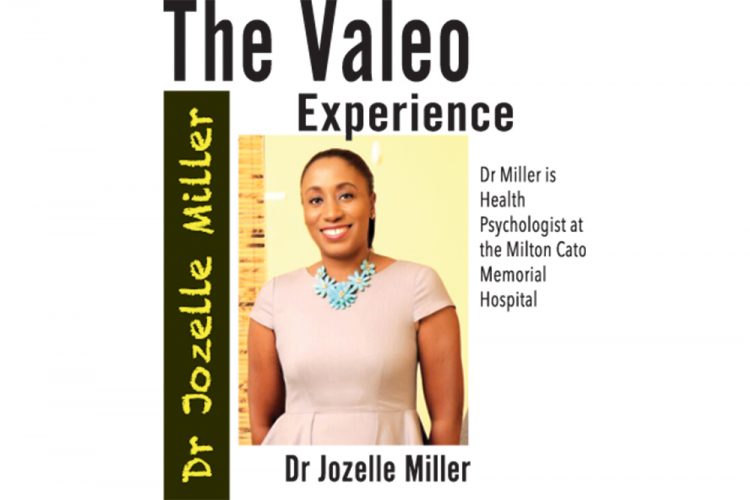Vulnerability is not weakness

MOST TIMES WHEN one thinks of vulnerability, it is common for the idea of being weak to come to mind. Most see being vulnerable as something to be totally avoided or feared as it opens the individual up to a lot of internal scrutiny and critique. The truth is however, is that vulnerability is a part of life and it happens as we interact and form relationships with others.
The fear of vulnerability is usually hinged on past hurts; where trust may have been broken whether it is a heart break, a rejection or a criticism. As a defense mechanism, the individual develops a heightened sense of awareness and would consciously avoid the possibility of being vulnerable again by dodging situations that could cause the same pain, embarrassment or sense of rejection again.
But vulnerability doesn’t have to be a negative thing. To be vulnerable means to put yourself out there and be open to possibilities and opportunities. Fear is only a temporary thing constructed by a negative association with the event or activity.
How can we manage our vulnerability?
The trick is to change your mental representation of being vulnerable. When you open yourself up to the possibility of criticism and rejection, you’re also opening yourself up to change and growth.
Have you ever been afraid to ask a question? To put yourself up as a potential candidate for something like a promotion? Not doing so only inhibits your opportunity for change. To leverage your vulnerability means to not let your fears prevent you from moving towards what you want in life.
Fear comes from your inability to control the outcome of a situation to suit what you desire. To be vulnerable means you are exposing yourself to that fear on purpose. In order to leverage your vulnerability, you need to take ownership of that fear so you can mould the final outcome to suit your needs.
How to change and model your fear the way you want it to be
Everything begins in the mind and ends in the mind. While we cannot control how things and people react externally, we have complete power over our mind and how we view things. The stories we tell ourselves shape how we view the world and interpret how the world views us. Change that narrative in order to change your viewpoint towards your fears.
Rather than telling yourself that you are not good at something, extend that voice further. Yes, you may not be good now but it is also the first step at getting better. The fact that you know that you are not good and want to get better means that you have something to measure against in a few days, a few weeks, a few months.
The trick is to accept that negative thought and then transform it into a positive one. You have to embrace the fear in order to own it.
To shy away from being vulnerable means that you are trying to protect yourself against some sort of pain; to identify what it is you’re afraid of, to examine it and turn it upside down will allow you to construct a different narrative for the fear.
Practice purposeful vulnerability
When we purposefully put ourselves into positions of vulnerability whether it be talking to strangers on the street, presenting your ideas to the boss or even asking for directions, you are allowing yourself to get used to the feeling and idea of rejection.
Many of us fear situations that put us in a vulnerable situation because of how it makes us feel. Whether it is embarrassment or shame, by practising purposeful vulnerability, we learn to not over dramatise the situation in our heads.
When we expose our vulnerable selves enough, we begin to collect a series of experiences that help realign our viewpoint of the world and makes us less fearful of it. Over time, it allows us to safely be vulnerable without the associated fears that come with it.
“What makes you vulnerable, makes you beautiful” Brene’ Brown









